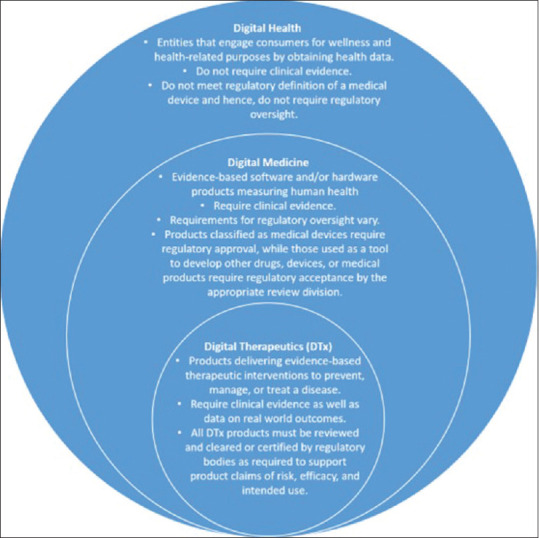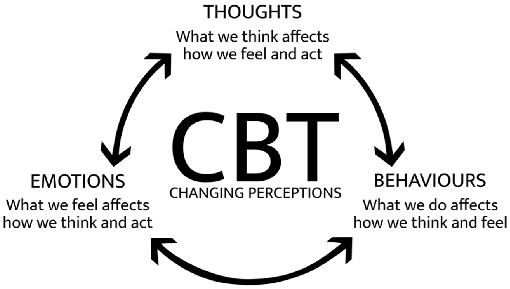Gaming has been increasingly used in therapy as a tool to improve physical and mental health. It has been found to be effective in treating a wide range of mental health conditions, including depression, anxiety, and post-traumatic stress disorder (PTSD). But it has also proven useful in motivation people to use physical therapy, as can be seen in [1].
Regarding physiotherapy, video games offer dynamic and interactive exercises that target specific motor skills and promote physical rehabilitation. In this context, the word exergaming gets used. Of special interest is the field of pediatric care/therapy because especially for children, video games transform therapy sessions into engaging adventures, motivating them to actively participate in their treatment.
Impact of video games
Gaming in therapy isn’t just about entertainment; it’s about leveraging interactive digital experiences to promote health and well-being. From physiotherapy to pediatric care, video games are being integrated into treatment protocols to engage patients, enhance rehabilitation outcomes and foster a sense of empowerment. They can also provide an escape for patients, where they are temporarily transported into alternative worlds. Though escapism should always be handled with care, these moments can reduce the pain felt and bring joy to patients.
Benefits
- Enhance the experience for the patient
Video games provide a new and novel approach to keep patients interested. - Personalized treatment
Digital treatment methods such as video games can be highly customizable and easily replicable. - Real-time feedback
Patients get instant feedback, e.g. regarding their posture, and then can act accordingly. Also, for some patients visual feedback can be more beneficial than verbal instructions.
Challenges
- Accessibility and cost
There is a certain amount of investment cost required to set up the hardware. Also, software, especially if it needs to be made completely new, can be quite expensive. - Applicability
Treatment methods need to be applicable for a wide range of different age groups and patients. - Balancing gaming and treatment
The treatment part should always remain the main focus. Gaming should only help to enhance, not overtake, the therapeutic objectives. Also, it should only be used when there is a specific reason or need to do so. As several studies have shown, the physical impact is very similar to traditional treatment methods. The advantage therefore lies in the novelty, joy and motivation this process can bring.
Technical implementation
From the articles I have gathered, there are many ways how to realize this idea of gaming therapy technically. One method often mentioned is the Wii gaming console which can be controlled by motion gestures via controller or some games can be controlled via balance board. But also head mounted virtual reality displays can provide useful, such as the Meta Quest, Sony PlayStation VR or the HTC Vive (among many others).
Summary & conclusion
Gaming in therapy represents a paradigm shift in patient care, offering novel approaches to rehabilitation and promoting overall well-being. As we continue to explore the therapeutic potential of gaming, it is essential to embrace innovative solutions that enhance patient outcomes and foster a culture of holistic healthcare. Gaming in this sense would not be seen as a replacement of traditional treatment methods, but as an enhancement to existing treatment structures.
References used in this article and for research
Video Games & Physical Therapy: Benefits and Tips | Empower EMR
Gamification in Physical Therapy: More Than Using Games : Pediatric Physical Therapy (lww.com)
Therapeutic Uses of Active Videogames: A Systematic Review – PMC (nih.gov)






